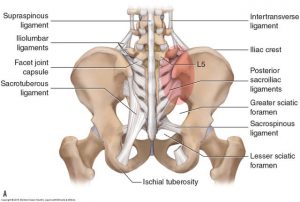While I’ve been laid up in pain, I’ve been coming up with spider projects I can do while sitting down. Here’s one: raising Steatoda borealis, which would also open the door to a couple of other projects studying spider sociality and singing and pigment development.








